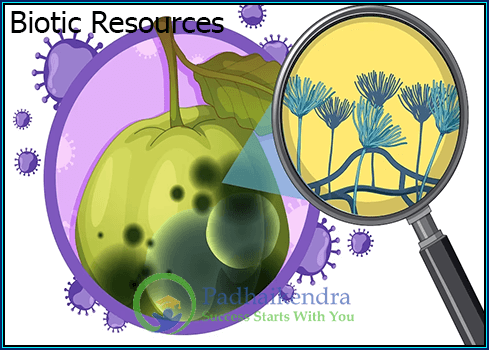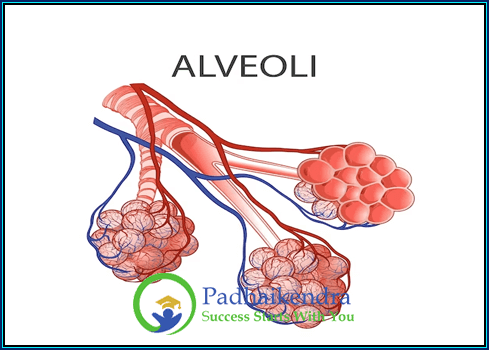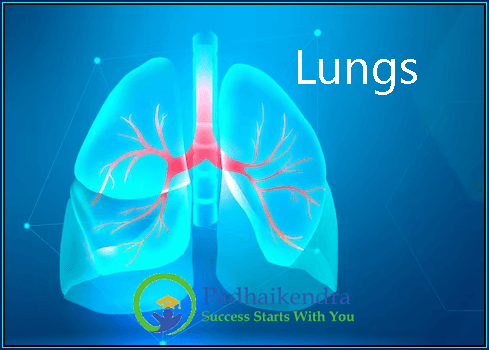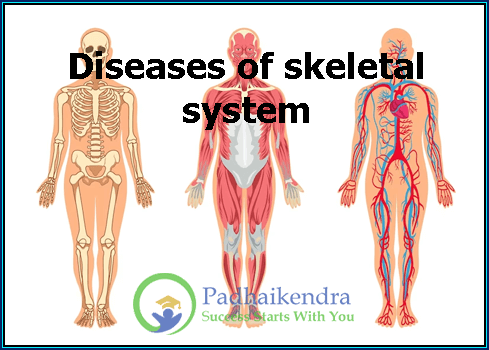Wave Motion
Wave Motion refers to the transfer of energy through a medium by the propagation of disturbances or oscillations in the medium. Waves can be classified into two broad categories: mechanical waves and electromagnetic waves. Mechanical waves Mechanical waves require a medium in order to propagate, and include waves such as sound waves, water waves, and …










